“There’s kids starving in this world!”
That’s the age-old response that frustrated parents turn to when their child refuses yet another dinner, or only takes a few bites out of the sandwich in their lunch box. Seeing perfectly good food go to waste can be frustrating – and expensive! In New Zealand, the average household throws away $644 of food in a year* – but if you have children, that figure may be higher.
(*Source: Love Food Hate Waste)
The team at Love Food Hate Waste have shared some of their helpful tips for reducing the food waste that kids have a tendency to create.
Start small
When introducing a new food to a child, start with a very small amount. Studies have shown that many children have to try a food up to 10 to 15 times before they will eat it. Instead of serving them a whole portion of something, just give them a piece from your plate. If they like it, you can give them more.
Be realistic
Be realistic about how much food your child will actually eat. Don’t overload a young child’s plate as it can overwhelm them. If they’re still hungry once they have finished what’s on their plate, they will be sure to let you know and you can offer them more. The same applies when giving them snacks – give them half a banana or apple to start with. Then you can either give them the rest if they are still hungry or store it in the fridge for later.
Make things easy

If a food is easy for a child to eat, they are likely to eat more of it. For young children, cut up their meals or slice their fruit. Sucking yoghurt out of a pouch is often easier (and way less messy) than feeding it to them with a spoon.
Get creative
Vegetable ice cream? Nadia Lim swears by it. Be creative when it comes to serving your child food. If they are getting the nutrients, does it matter what form it is in?
Feed them what you’re eating
It is easier to modify your meal to make it baby or child-friendly than going to the effort of making something separate for your child, that may or may not get eaten. Simply adapt what you are having for dinner. It may mean serving them some pasta without the sauce, pureeing the vegetables or leaving the chilli powder out of the recipe.
Save even small amounts
Don’t discount small amounts of leftovers; even a couple of tablespoons of rice or half a sausage can be added to another meal or eaten as a snack. While it may not seem like a lot, it all adds up in terms of food waste and money.
Keep leftovers visible
Store leftovers in transparent containers so that you can easily see what they are. Alternatively, have colourful containers that you only use for your child’s leftovers, so you will always know that it is something suitable for them when searching the fridge.
Be freezer friendly
If you make your own baby food or are freezing leftovers, freeze it in realistic serving sizes so that you only have to defrost the amount needed for the one meal. Large ice cube trays or moulds like these from Kmart are the perfect size.
Eat it yourself
While some advice says that you shouldn’t eat your children’s leftovers, if it is stopping it going into the bin (and you’re hungry), we’re all for it.
Keep the crusts
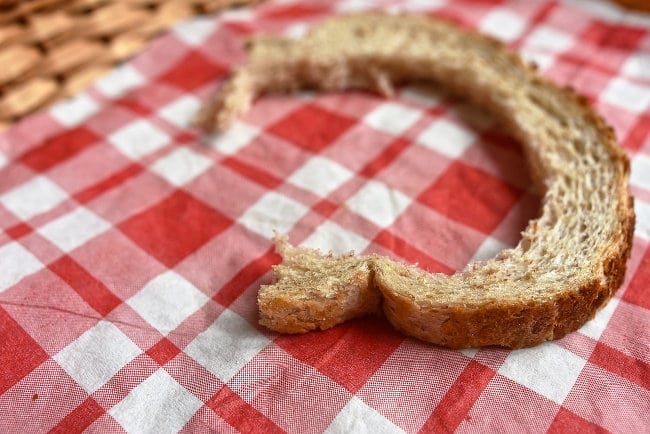
18,000 tonnes of bread crusts are wasted every year in New Zealand. If your child refuses to eat them, you can keep and freeze them and use them to make all sorts of things. Check out our bread crust recipes here.
Makeover leftovers
If your child didn’t eat their meal, giving it a makeover may trick them into thinking it is a whole new meal. Almost any leftover can be toasted inside a tortilla with a little bit of cheese to make a quesadilla, or used in a pie.
Salvage fruit
You’re probably used to seeing fruit that has only had a bite or two taken out of it. This fruit can be saved in a manner of ways: cut off the eaten area then save it for later, stew it, store it in a bag in the freezer then add it to the blender the next time you make a smoothie or use it to make jungle gelato.
Give children the choice
We’re not advocating that children be given free reign over what they eat, but asking them what they would prefer will help cut down the amount of food that is wasted. For example, asking if they would like peas, carrots or broccoli with their dinner ensures they are more likely to eat it when it’s served.
Let them serve themselves
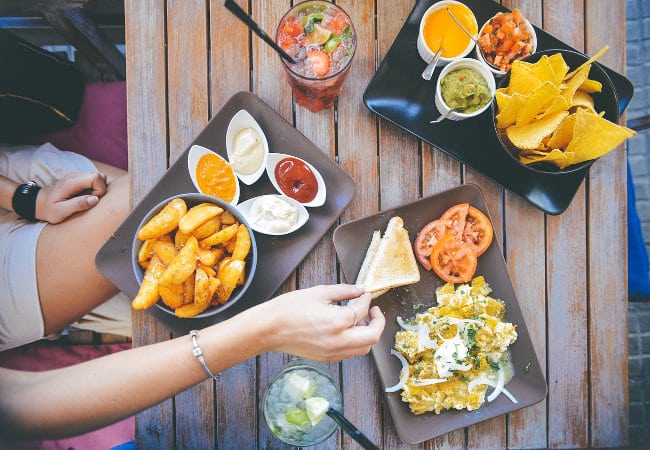
Let children serve themselves at dinner time. Encourage them to start with small portions as they can always take more. It may take a bit of trial and error for them to get the hang of how much they need, but it is better to have leftovers remain in the cooking pot where they can be reused, rather than languishing on your child’s plate.
Save it for later
If your child doesn’t finish their dinner, put it into the fridge. Later on, when they complain that they are hungry, you can offer it to them. By making that the only snack option available to them for the rest of the evening, if they’re really hungry, it will get eaten.
Learn about lunchbox leftovers
If uneaten food is coming home in your child’s lunchbox, turn it into afternoon tea. Half or uneaten sandwiches can be turned into a toastie for afternoon tea (remove any salad fillings before you toast it). You can also freeze all sorts of different sandwiches.
If they are often bringing home food, have a chat with them about why – it may be that they don’t like it, it’s too difficult to eat, there is simply too much, or they may just not be very hungry at lunchtime.
Lead by example
One of the best ways to teach your children about the value of food is to lead by example. If your child sees you throwing away a brown banana or not finishing your dinner they will learn that it is okay to waste food, even if you are telling them otherwise.
For ideas on how to use up specific foods, check out the ultimate guide to using up your child’s leftovers.
Do you have a tip for reducing food waste? Join the discussion in the comments below.
This article was originally published by Love Food Hate Waste and is reproduced here with permission, with additional editing by Kidspot NZ.
Every year Kiwis send 122,547 tonnes of food to landfill, all of which could have been eaten. Not only is wasting food costing us money, it is also bad for the environment.
Love Food Hate Waste has tips and recipes to help you reduce your food waste and save money. To find out more, visit www.lovefoodhatewaste.co.nz
Read more on Kidspot:

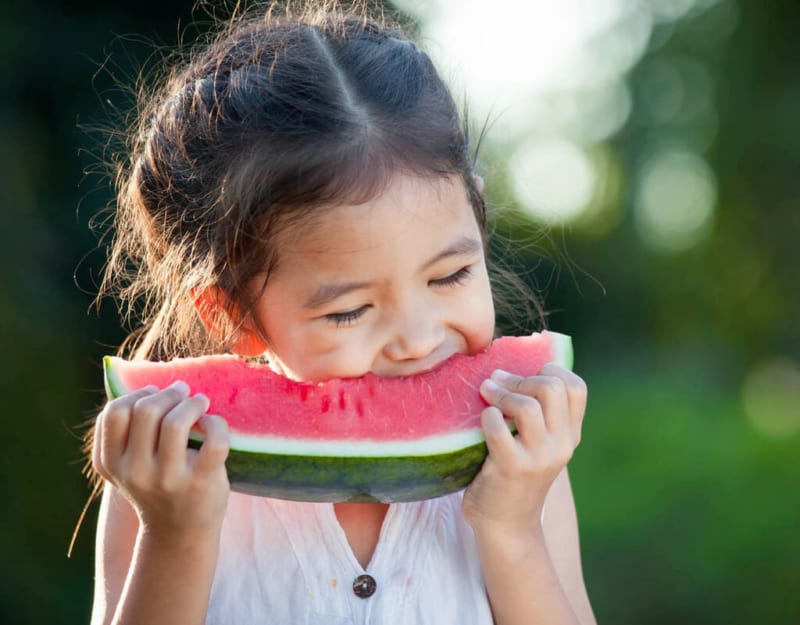

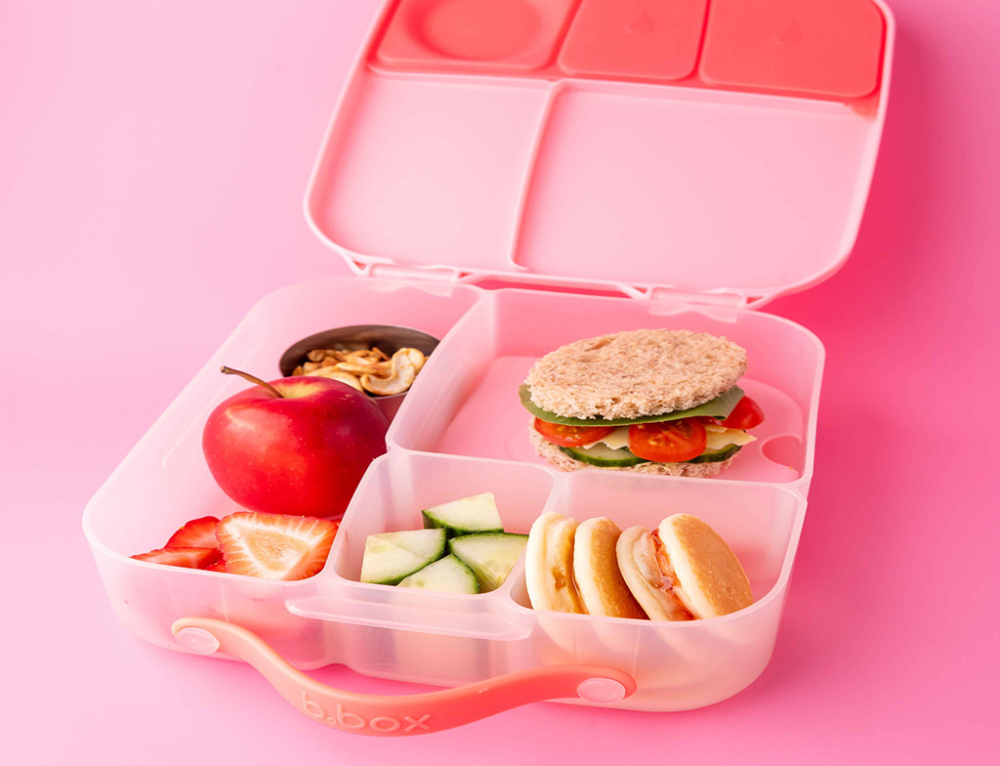
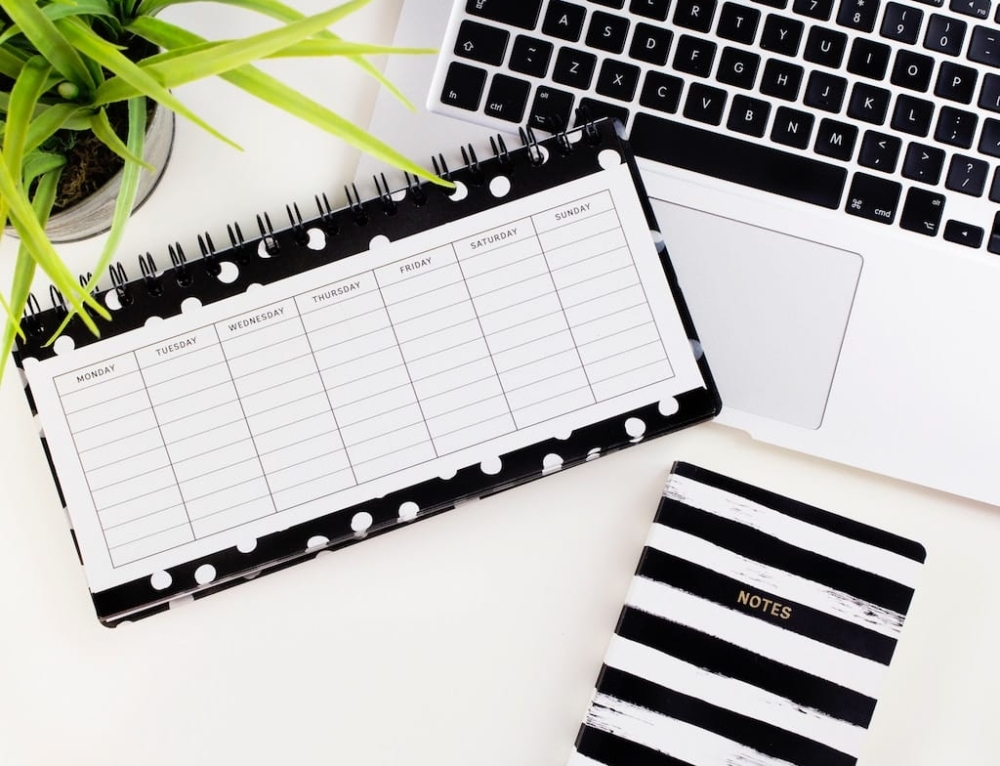

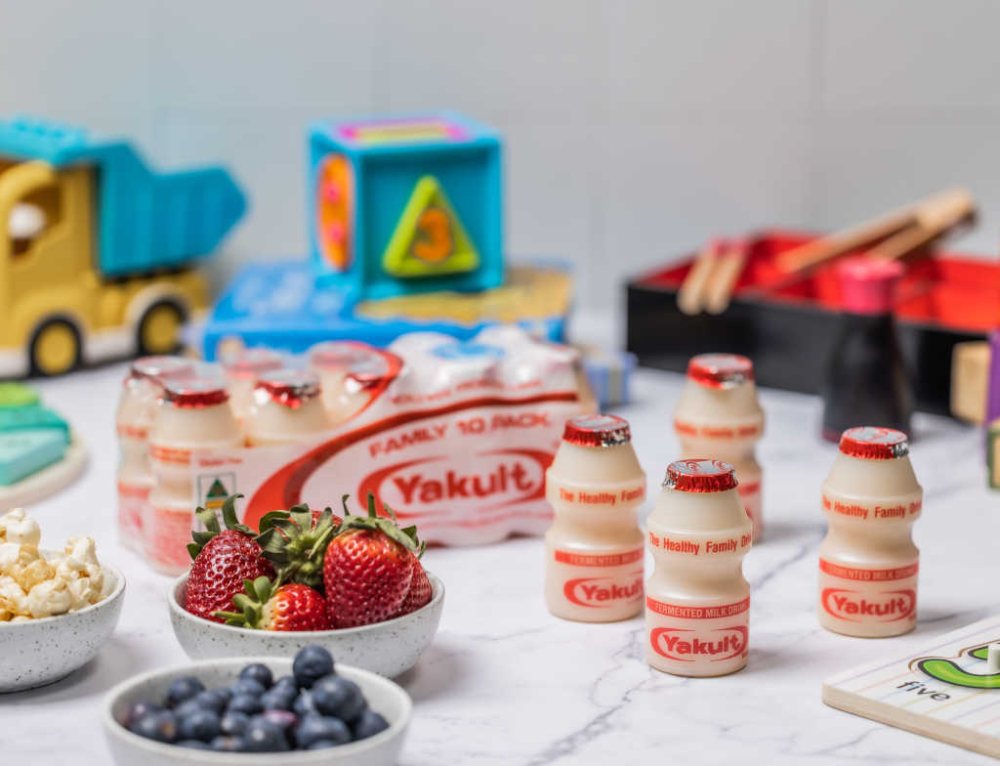
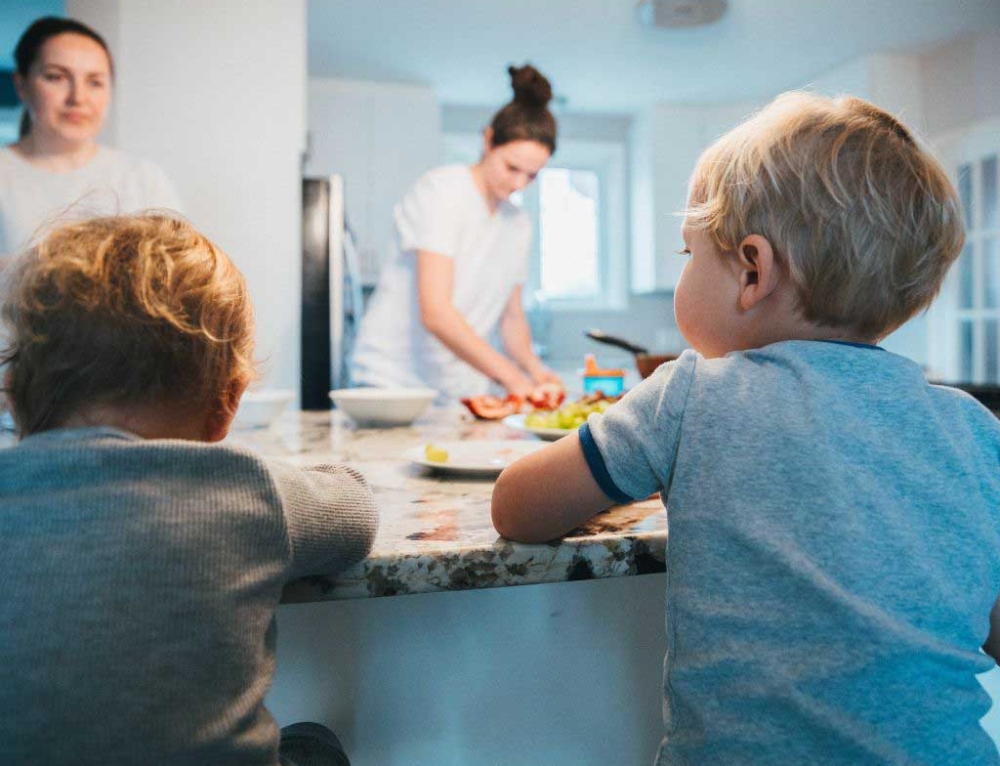
Great article on reducing waste. Food is getting more expensive each week and so we always look for ways to reduce waste in our house. When I pick up Mr 3 from kindy we have half an hour while we wait for Mr 9 to finish school – this gives Mr 3 a perfect chance to finish off any left overs from his kindy lunch pack ensuring they aren’t wasted. I have regular discussions with Mr 9 about what he wants in his lunch so that he is having enough but not too much. Tea meals are our biggest waste creater – I am trying to now cook less so that there is less wasted. Its a work in progress each day!
The ice cream veggie trick has been working for us but what I do are smoothies mixed with veggies and my 3 year old just drinks it all up. We also have been doing the makeover leftovers – there are some hits and misses but we do try. Afternoon tea for lunchover leftovers have been a good routine as well.
I like the tips of sharing your meal with your child as they will often want to eat what you are eating and giving them a choice of two options works well too.
My kids waste so much food, especially Mr 4. He hardly ever eats dinner and ‘doesn’t like it’ as soon as he looks at it (or sometimes even before) There are some great ideas here and I will definitely be using some, we often freeze left over fruit for muffins, fritters and smoothies
absolutely awesome ideas !! We waste far too much food here at home and i often what I can do to salvage it. Love Nadia Lims idea i have to try this i have Mr3 who of all three of my boys is the only one who refuse to eat veges and it does my head in.
I also love the ideas of using the likes of kai carriers for yogurt instead of the punnets or what we currently do putting into reusable containers, and using see through containers to be able to see what the leftovers are exactly.
There are some great tips here, I really liked Nadia Lim’s healthy ‘iceblocks’. What a great idea! We are fortunate enough to have kids who pretty much eat anything but with a third on the way, I’m sure that could change. Luckily for us we have chickens and a composter so no food goes to waste ever in our household 🙂
These are great ideas. They seem so obvious when you read them but I have never even thought of some of them. When life is busy with two kids its hard to think of these things. I’m going to print this off and keep in on my fridge. It won’ t take long before I’m making a habit of them. I have recently got into the habit of chopping up all my vegetables after my supermarket shop and putting them in containers in the fridge. It has been the best thing I ever do. I always have vegetables ready at tea time without any effort, no longer are the vegs wasting away in the veg cooler because I forgot about them. I also love the idea of stewing the fruit, I don’t know how many half eaten apples I have had thrown away in my lifetime.
Our family is really hard on food wastage – hubby cooks pretty much all of the meals and I make our daughters lunches. We try not to waste anything, although most kids will come home with uneaten food, apples with 1 bite of them etc. I cut out the brown bits if that happens and eat them myself lol. We give her a smaller size sandwich or bun (or cut it in half and put the other half in the fridge for after school). We tell her to make sure she brings home the food she hasn’t eaten so she can have it after school. We use the freezer a ALOT for leftovers and extra portions too
We use to go through a lot of food waste and we still do a little bit. One thing that we do is, if vegetables or fruit has been sitting too long and no one wants it, I put it outside for the birds. I also send dinner leftovers to school now. My eldest seems to like having something like mashed potatoes available for lunch. I also encourage both kids to put their organic waste in the worm buckets at school.
I love these ideas it is true most families have lots of food waste in a year. We all eat the same foods in our house and if they are still hungry I offer fruit before bed. Lunch box foods are interesting what comes home some days may not come home other days. Today an apple came home with about 3 bites out of it but like this article suggests cutting it up for arfternoon tea or in our case after tea. I also put there tea away that they don’t eat as they are often hungry before bed.
These are great ideas. I like the idea of freezing if cooked too bigger meal and also chopping up an apple into slices and giving one kid half each is a great idea. One of my children are fussy but the other is a great Eater. My children with lunches at school will eat a bite of each thing in lunch boxes and then it’s all throw way when get home. So annoying. I am a parent who knows food waste well but definitely will try some of these tips and hints